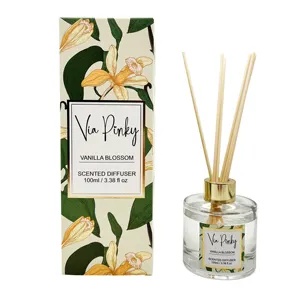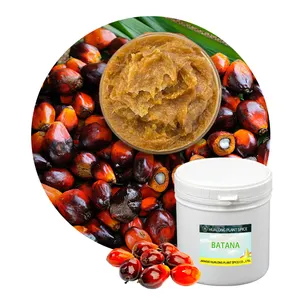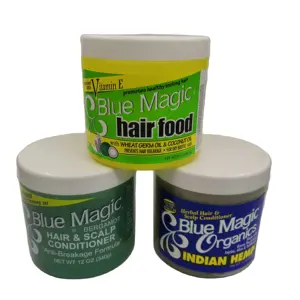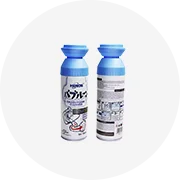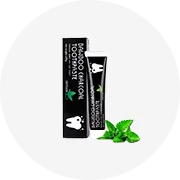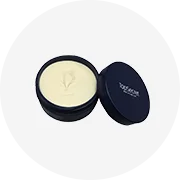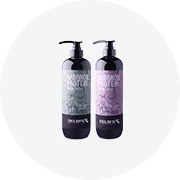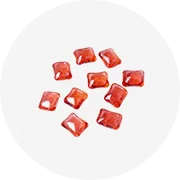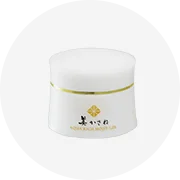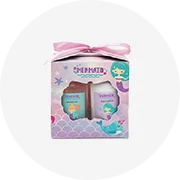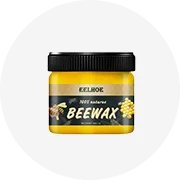Popular in your industry


































































Top categories
About names of indian soaps
In the eclectic realm of personal care, the names of Indian soaps are distinguished by their harmonious fusion of age-old recipes and contemporary production methods. These cleansing bars are more than mere hygiene products; they represent an amalgamation of culture, the essence of nature, and a commitment to well-being, catering to the diverse hygiene and dermatological needs of consumers worldwide.
Types and Characteristics of Indian Soaps
India's soap panorama is a tapestry of variety, with each variant designed to satisfy distinct consumer preferences and requirements. Herbal soaps harness the ancient wisdom of Ayurveda to offer a comprehensive cleansing ritual. Soaps for infants are crafted with utmost gentleness to safeguard young, sensitive skin. Glycerin soaps, with their signature translucence, aim to moisturize and protect the skin's moisture mantle. The assortment further spans exfoliating soaps with scrubbing particles and those infused with specific nutrients like Vitamin E to enhance skin health. Each soap is a testament to the intricate interplay of tradition and modernity, providing a bespoke bathing experience.
Structure and Operation of Indian Soaps
The architecture of Indian soaps reflects the meticulous artisanship that goes into their creation. A seemingly simple bar is, in reality, a sophisticated concoction of components that synergize to purify and enrich the skin. The soap's foundation ensures structural integrity and resistance to dissolving in water, while its active constituents are uniformly dispersed to deliver consistent benefits with each application. The functionality of the soap hinges on a delicate equilibrium of cleansing agents that eradicate impurities without compromising the skin's natural pH, often achieved through a saponification process that melds natural fats with an alkali.
Materials and Their Properties
The constituents selected for Indian soap production are prized for their compatibility with the skin. Coconut oil is a favored choice for its hydrating properties and its capacity to generate a luxurious froth. Essential oils like neem and turmeric are integrated for their antiseptic qualities, especially in soaps designed for acne-prone skin. Natural colorants sourced from spices and flora not only enhance visual allure but also circumvent the potential irritants of synthetic hues. These materials represent the finest of nature's offerings, chosen to ensure a cleansing experience that is both safe and efficacious.
Business Usages and Applications
Indian soaps have carved a niche in various commercial environments, capitalizing on their distinctive attributes. Boutique hotels offer artisanal soaps as a symbol of opulence and meticulous care. Spas in the wellness sector employ these soaps for their aromatic properties that augment relaxation. Retailers benefit from the broad appeal of Indian soaps, presenting consumers with a plethora of choices that resonate with their ethical values, including cruelty-free and vegan alternatives. In corporate gifting, these soaps are valued for their superior quality and cultural resonance.
Functions and Tasks
Indian soaps serve multiple functions, addressing a spectrum of skincare necessities. Beyond their fundamental cleansing role, they frequently provide skin-soothing benefits, courtesy of ingredients like aloe vera and chamomile. Some are specifically formulated to tackle common dermatological issues such as excess oil or dryness, with targeted solutions for these problems. The tasks of these soaps extend to offering a sensory indulgence through their fragrant properties, which can have a tranquilizing or energizing effect, thus enhancing the user's overall sense of well-being.
Features and Unique Selling Points
Indian soaps are distinguished by features that set them apart in a saturated marketplace. Many are designed with a no-slip grip, ensuring the bar remains secure in hand amidst water. Some emphasize their cold-pressed production, which maintains the integrity of the natural ingredients. The unique selling propositions of Indian soaps often revolve around their ethical manufacturing practices, such as fair trade ingredient sourcing and a commitment to non-animal testing. These characteristics appeal to consumers who value not only product excellence but also the principles it stands for.
Benefits and Positive Outcomes
The advantages of Indian soaps go beyond mere surface cleansing. They are frequently fortified with natural emollients that impart a sensation of softness and suppleness after washing. The inclusion of essential oils offers the therapeutic benefits of aromatherapy, aiding in stress reduction and relaxation. For those with delicate skin, the gentle formulations of Indian soaps can mitigate irritation and redness. The positive effects of these soaps manifest in the skin's health and vibrancy, as well as in the uplifting impact on the user's mood.
How to Use and Maintain Indian Soaps
Effective use of Indian soaps involves creating a lather in the hands or on a washcloth and applying it gently to the body. To preserve the soap's longevity, it should be stored on a well-drained dish to prevent it from softening and losing form. When selecting an Indian soap, it is crucial to consider individual dermatological needs, such as moisture balance and sensitivity, alongside personal scent preferences. For cleansing, a simple rinse is sufficient, and no special care is needed, rendering these soaps a practical choice for everyday hygiene.
Target Audience and Meeting Needs
The intended demographic for Indian soaps is expansive, embracing individuals with diverse skincare desires and predilections. The range includes formulations for dry, oily, or combination skin types, as well as hypoallergenic options for sensitive skin. The requirements of this audience are met through a judicious selection of ingredients and soap recipes that address particular skin issues, ensuring that each consumer finds a soap that seems tailor-made for their needs.
What are the most popular fragrances?
The most coveted fragrances in Indian soaps stem from natural origins. These encompass an array of floral, herbal, and fruity aromas that are both invigorating and calming. The selection of fragrance plays a significant role in shaping the bathing experience, making it a critical consideration for businesses.
How are these soaps packaged for bulk purchase?
When sold in bulk, Indian soaps are packaged with meticulous attention to preserve their scent and integrity during transport. The packaging is designed to shield the soaps from moisture and other environmental elements that could degrade their quality.
Are there eco-friendly options available?
Indeed, among the names of Indian soaps, eco-friendly alternatives abound. These soaps utilize biodegradable materials and eco-conscious ingredients, responding to the escalating demand for sustainable goods.
Delving into the names of Indian soaps on Alibaba.com unveils an opportunity for businesses to explore a product range steeped in tradition, diversity, and excellence. These soaps are not merely cleansing agents but are embodiments of Indian heritage, introducing natural components and fragrances to the international stage.
